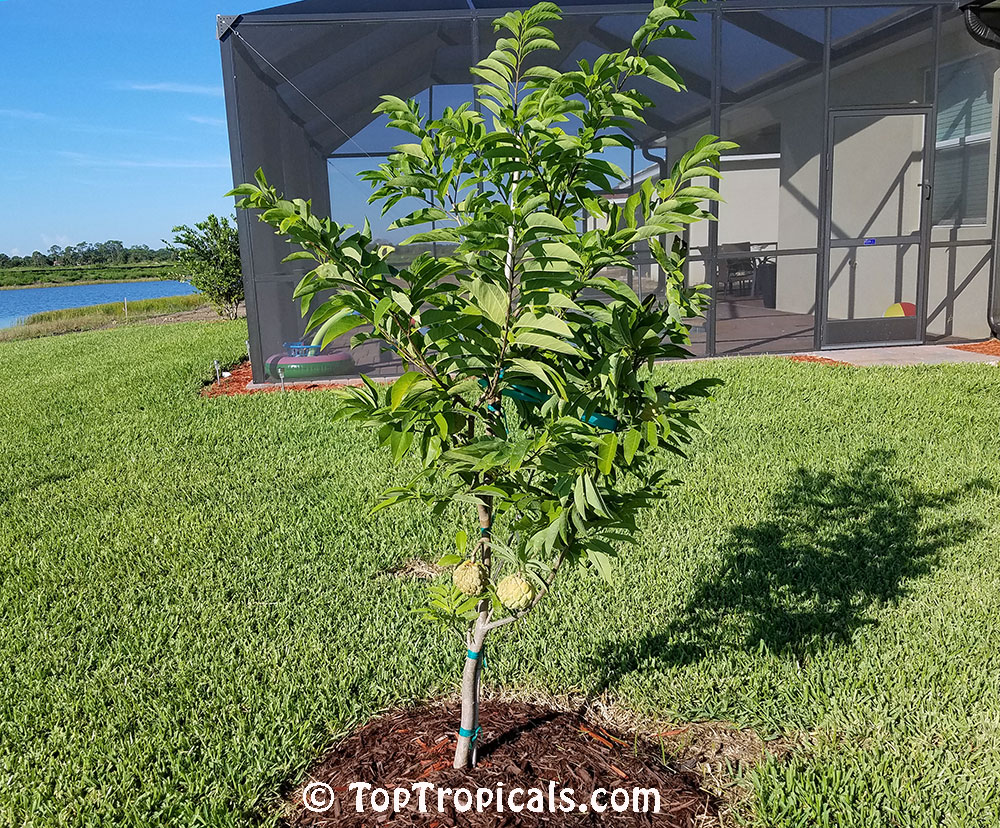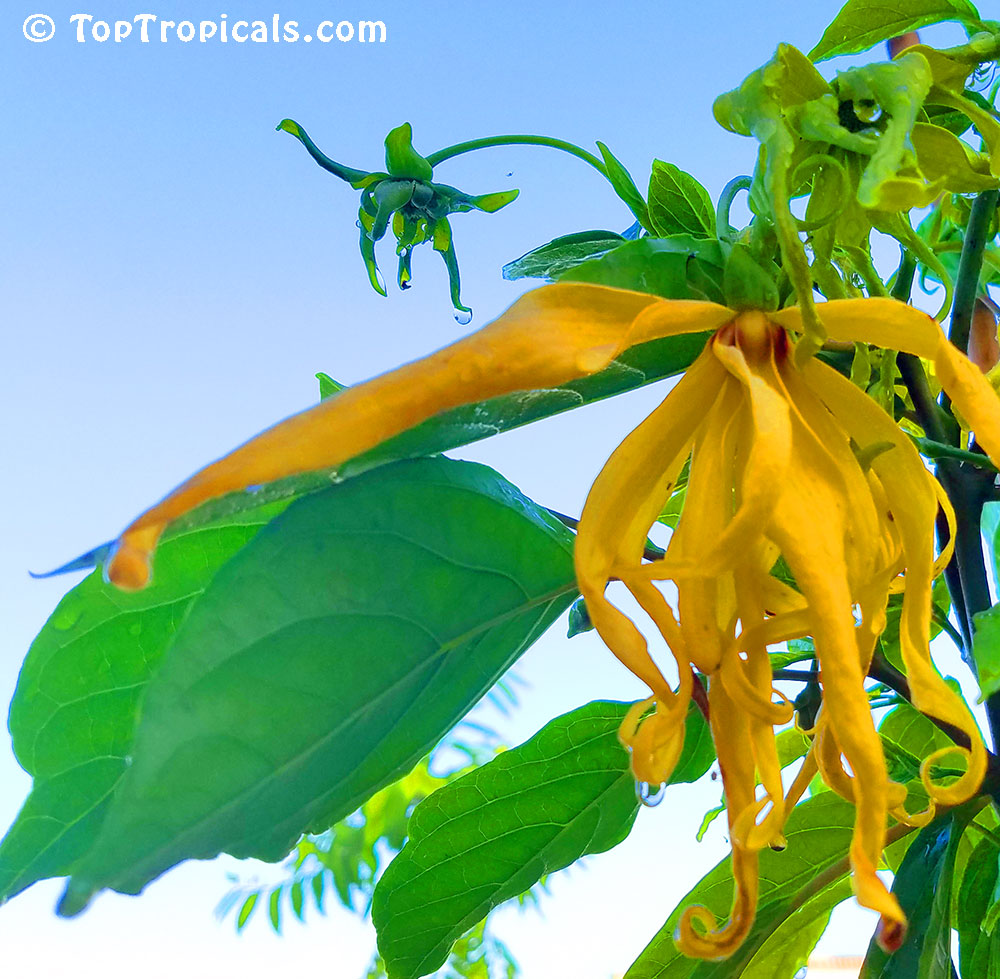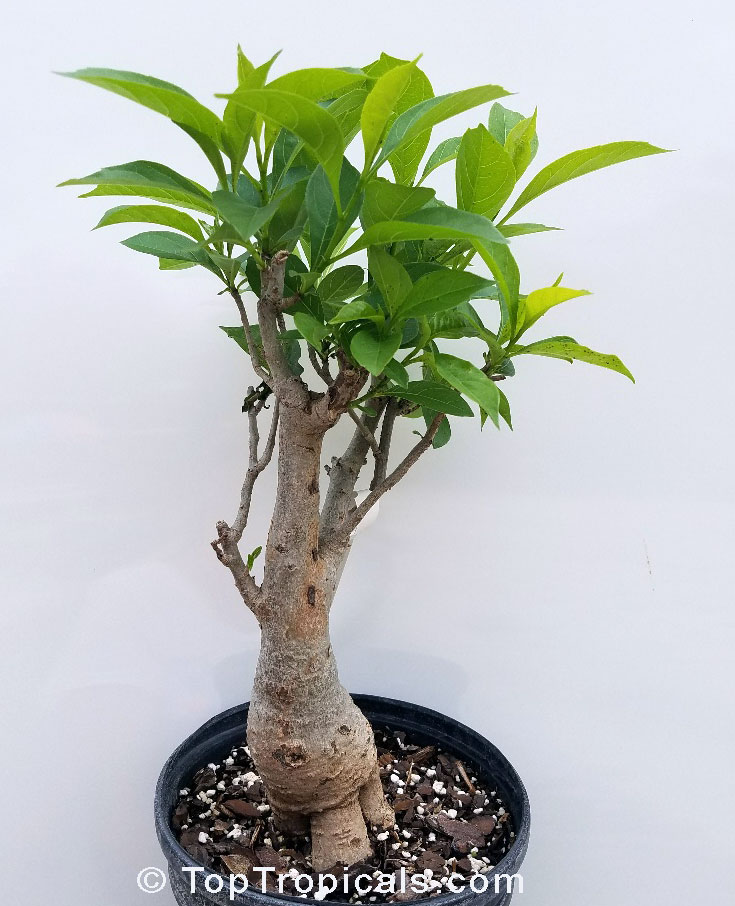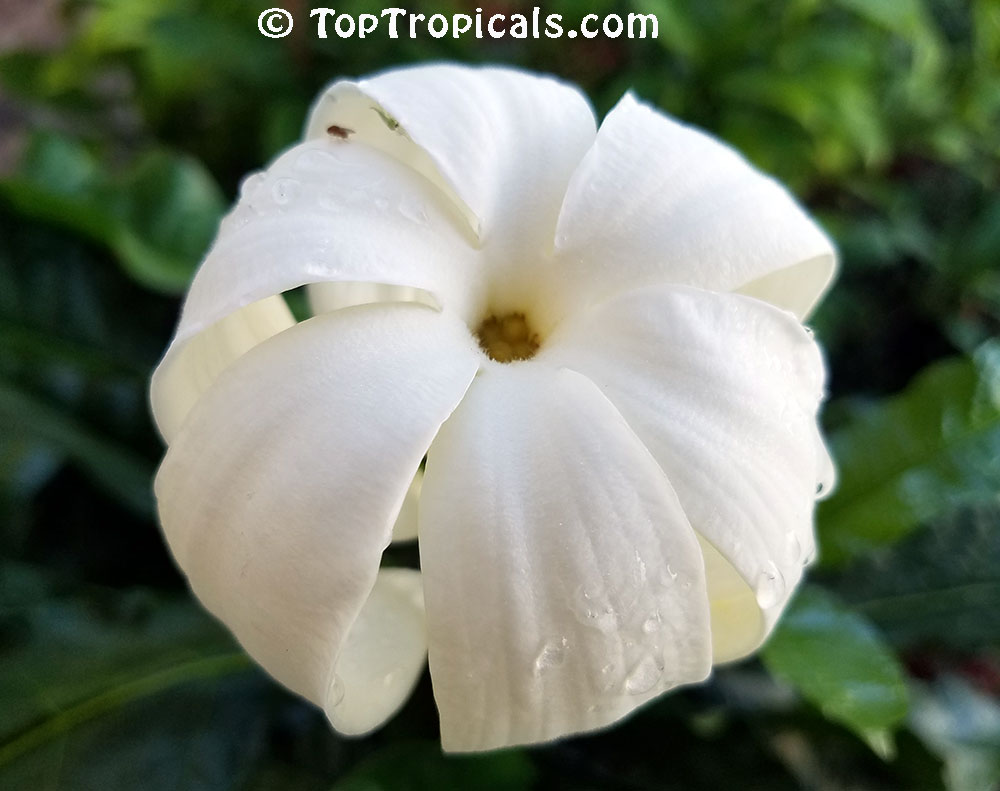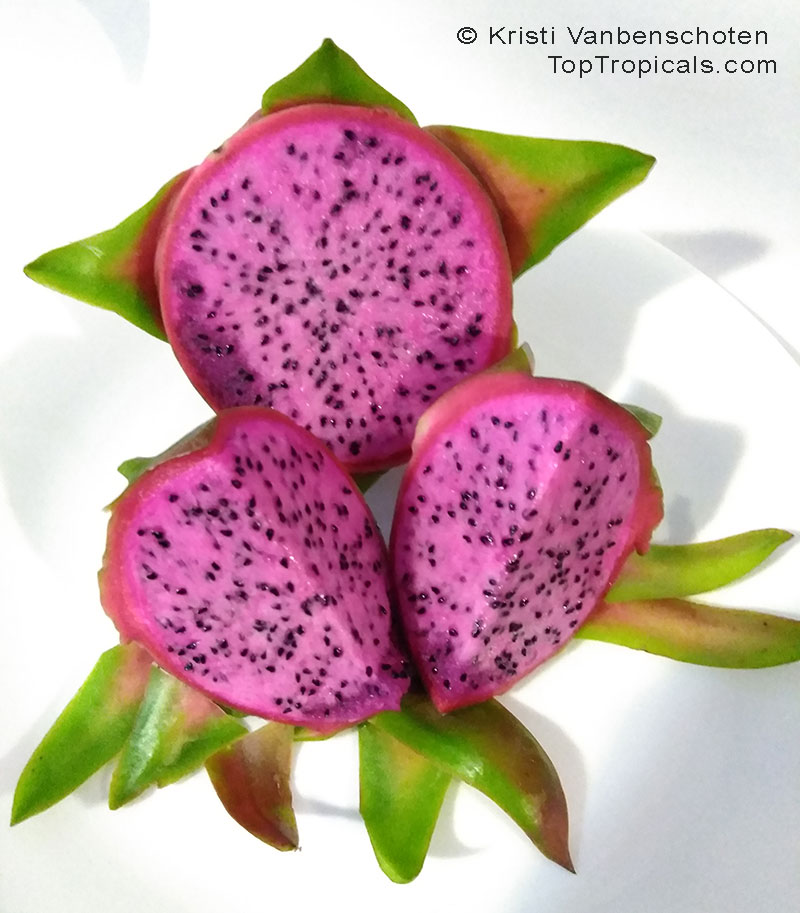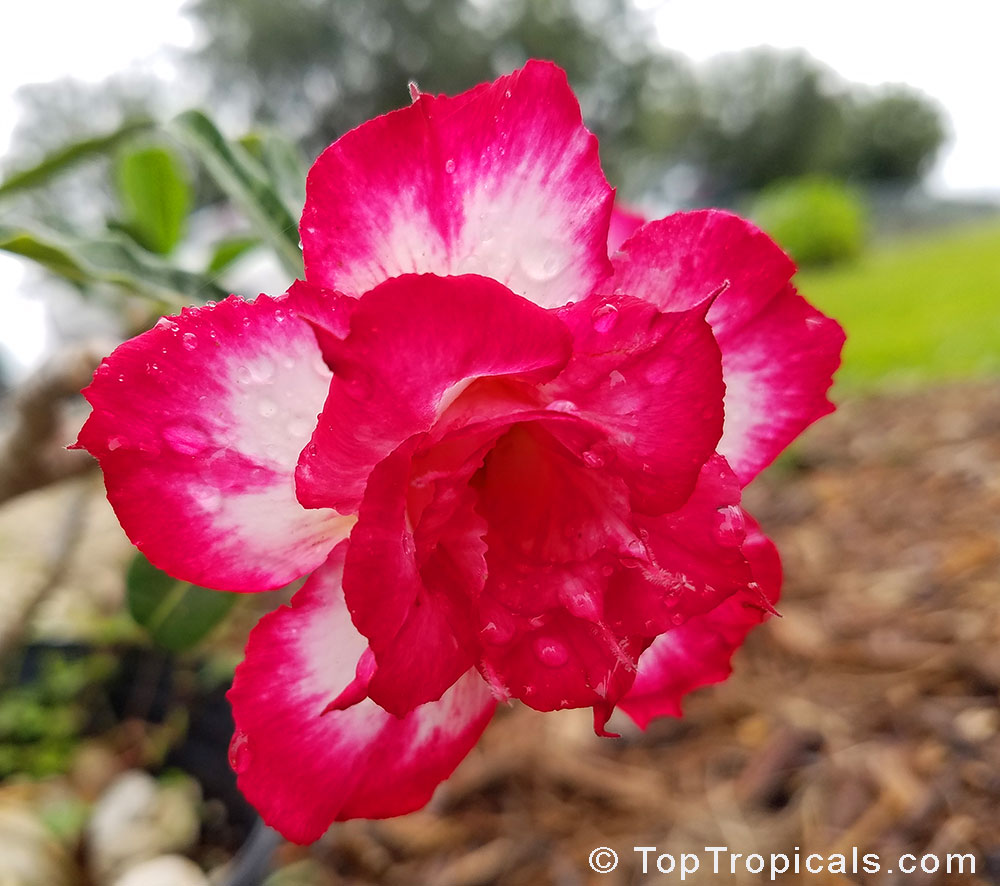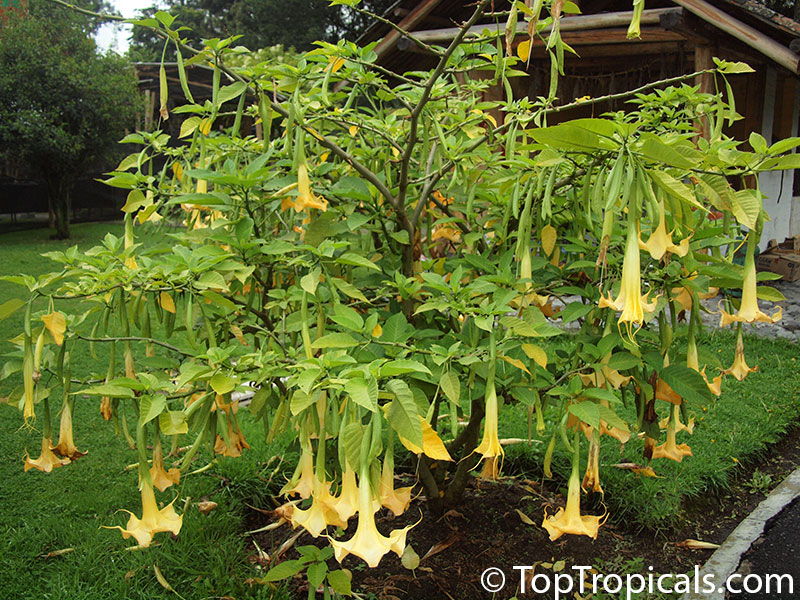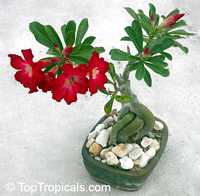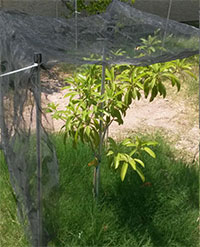Date:
When and How Much to Water?
Q: I have an automatic sprinkler system that waters my lawn. I purchased a tree from you and want to plant it in the middle of the back yard where sprinklers cover that area very well. Will it be enough water? Is there any specific time of the day I should set up the sprinklers and for how long?
A: Do not
rely on sprinkler system until the tree is established and starts growing.
Right after planting, saturate the soil around the root ball really well. If
the weather is hot, water with a garden house daily for at least a week. Once
the tree starts new growth, you may rely on sprinkler system.
Twice a day usually is enough, with 10-15 min of zone duration. As far
as start times of your irrigation system, water first time in early morning
(as early as 4-5 am in Summer time), and second time in late afternoon, when
it cools down a little bit. It is important to give leaves a chance to dry
before plants go to bed. This will help to eliminate fungus problems as fungus
develops in dark moist environment. Usually 4-5 p.m. is a good time for second
watering in Summer. As days get shorter, reschedule second watering time to
earlier hours.
